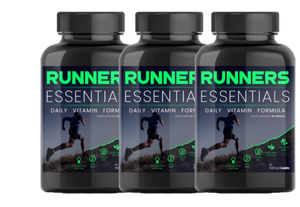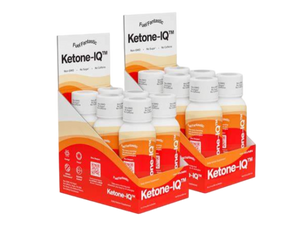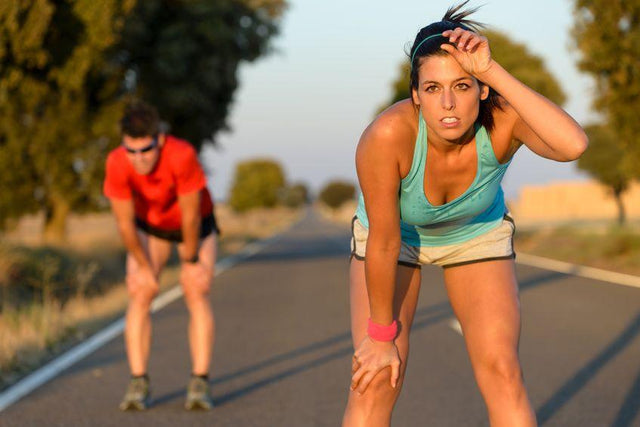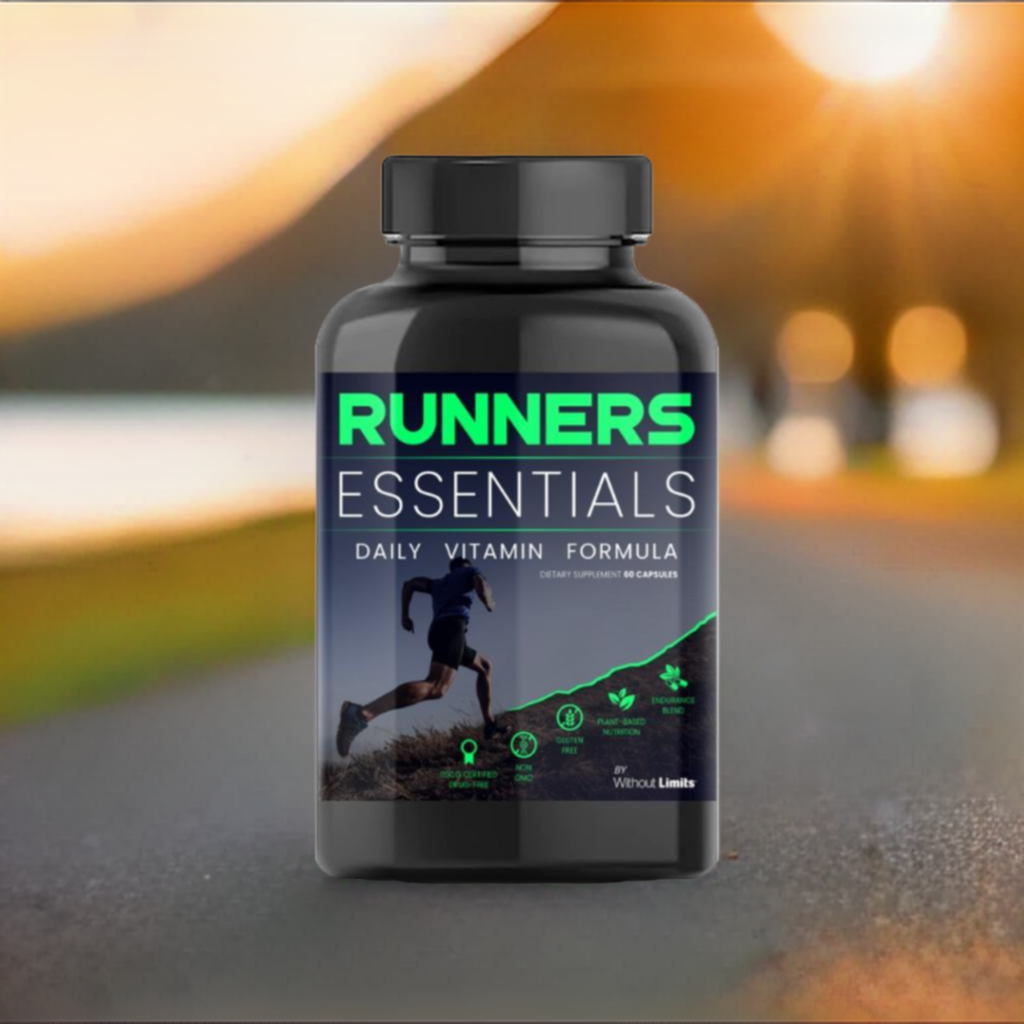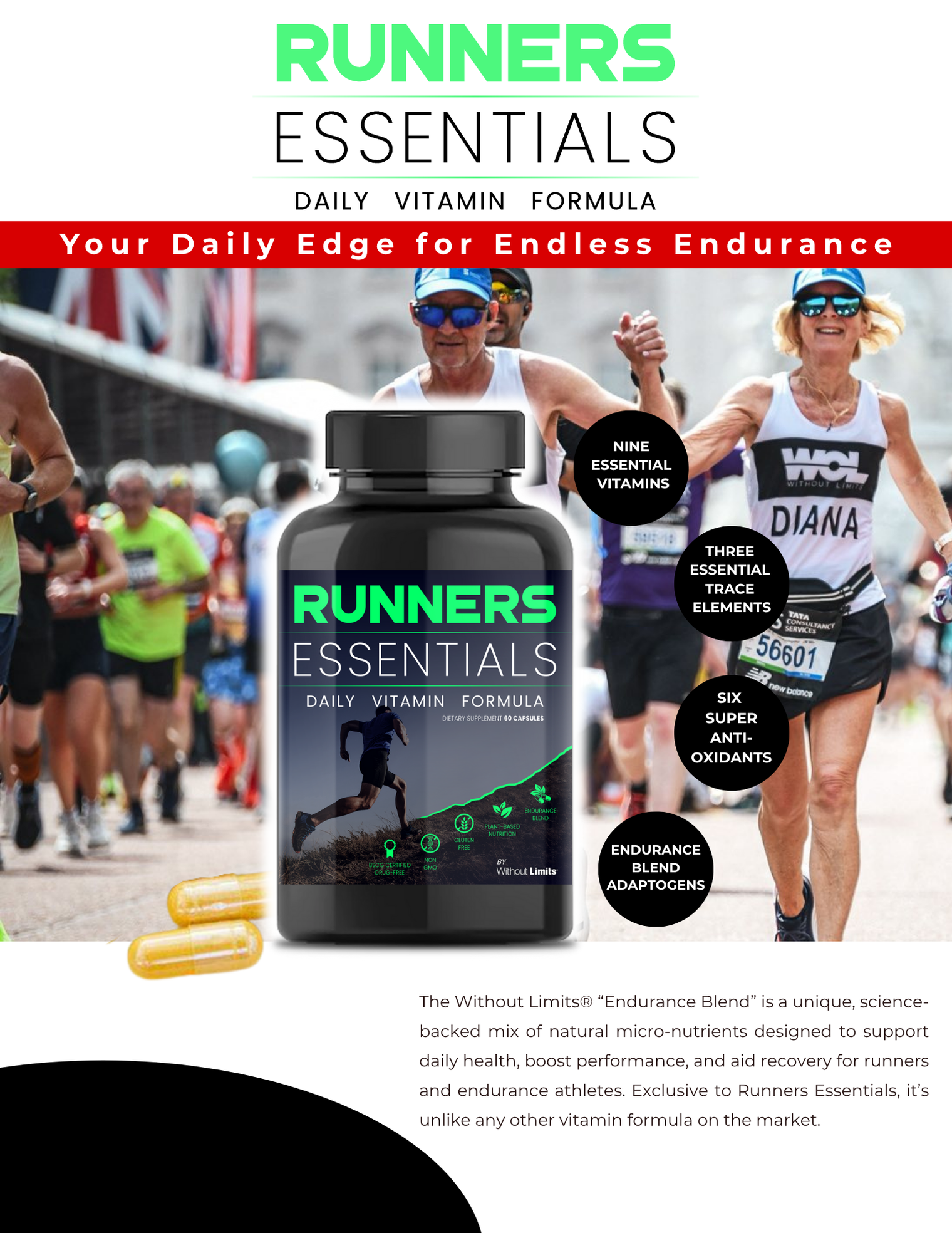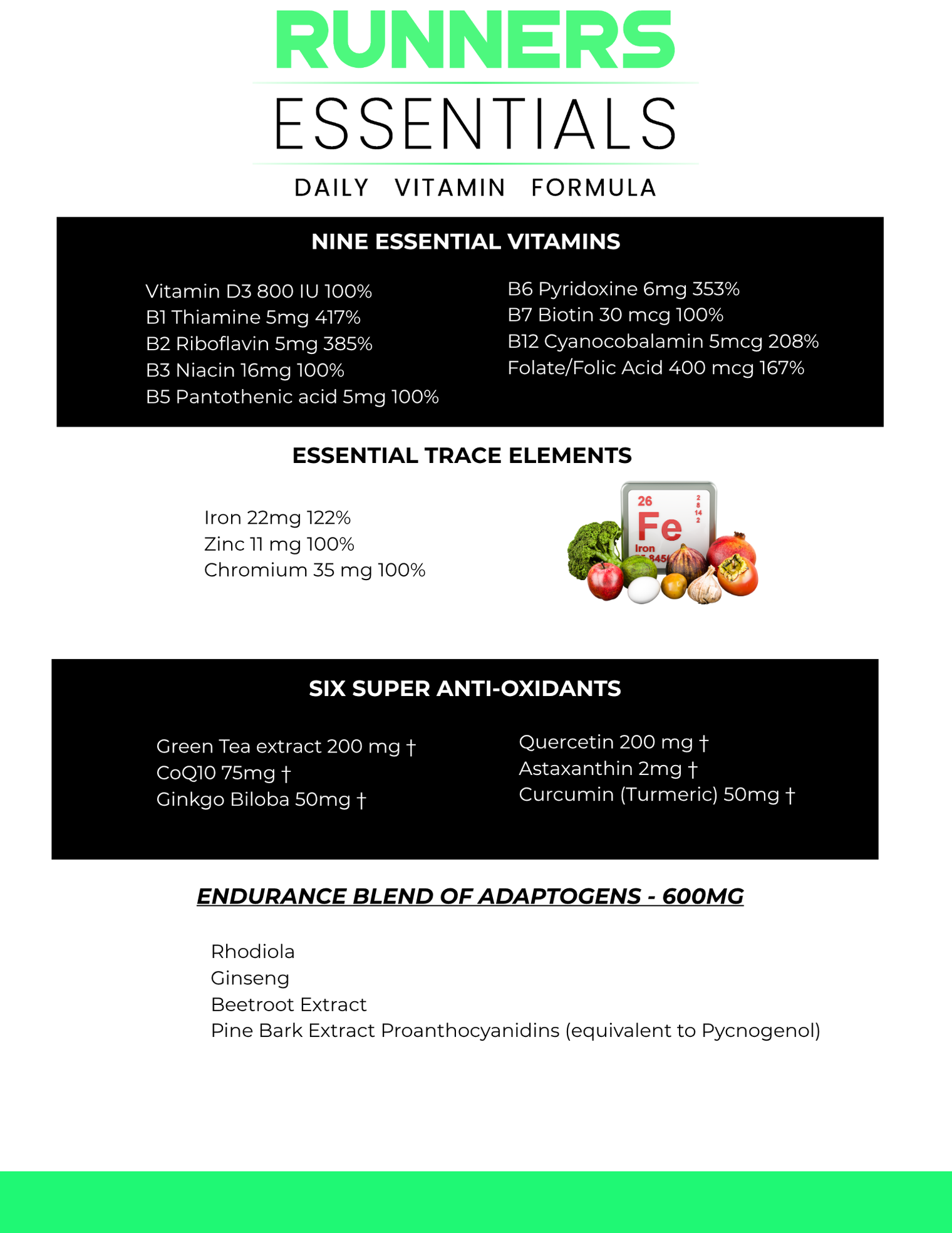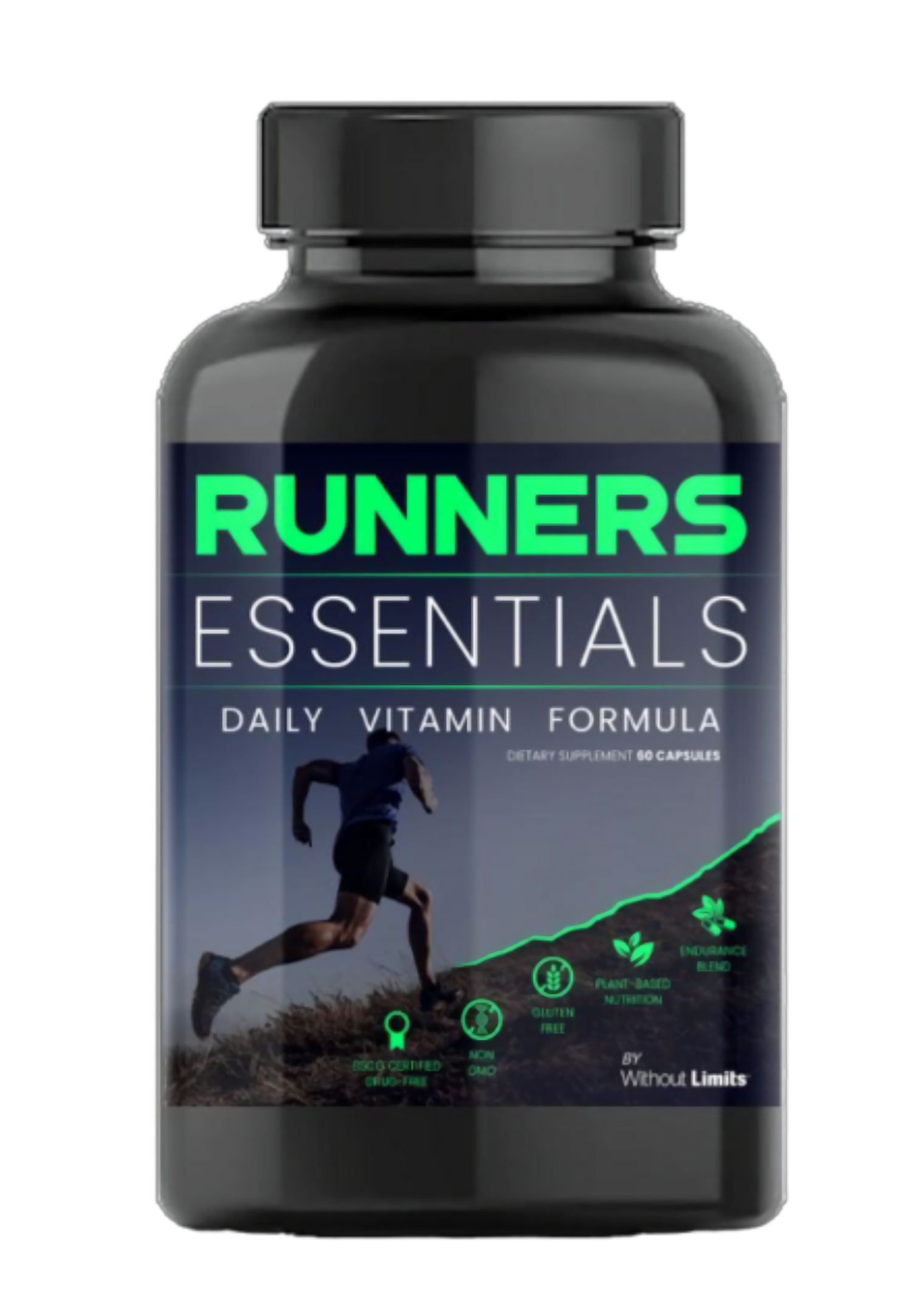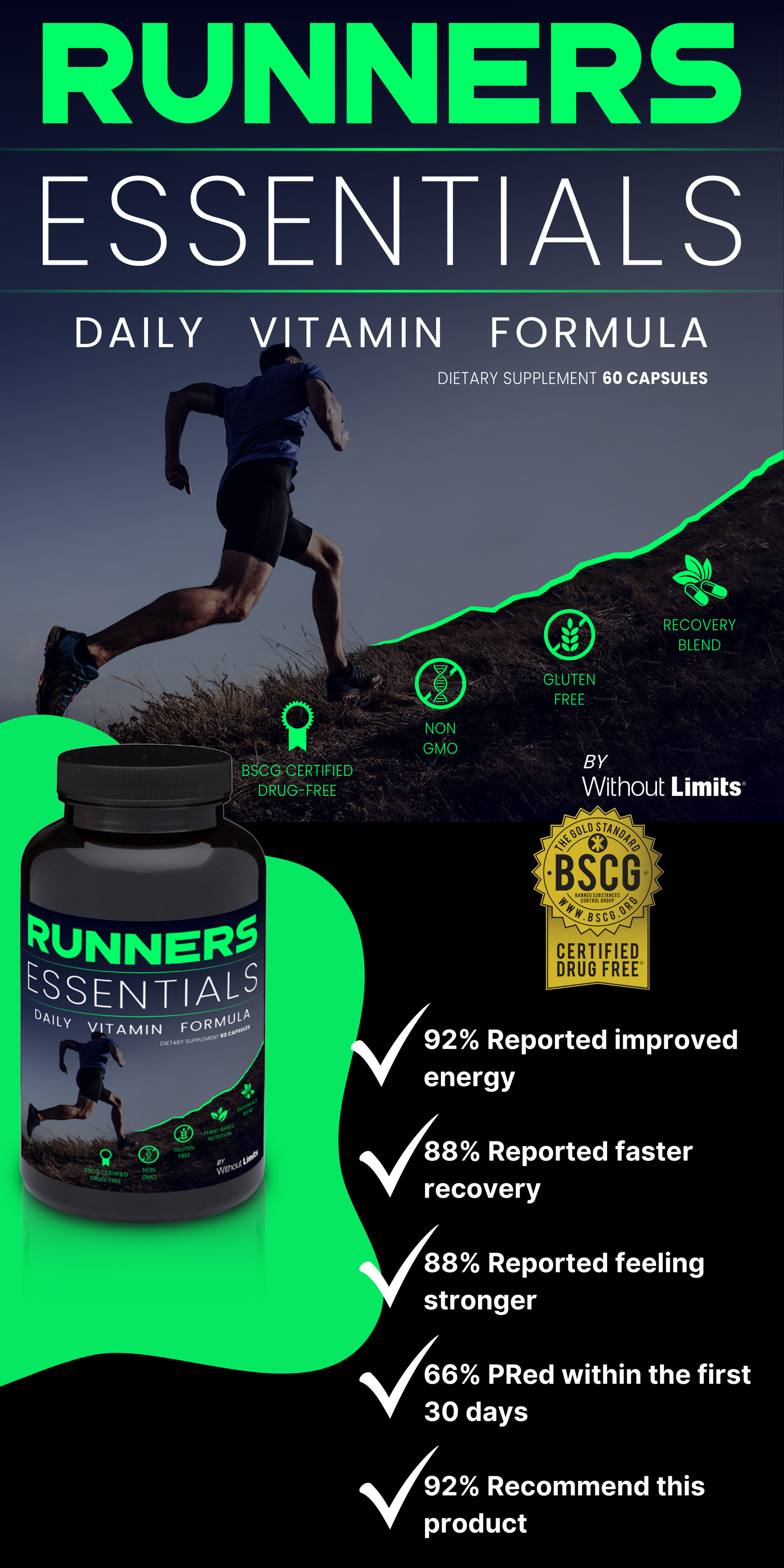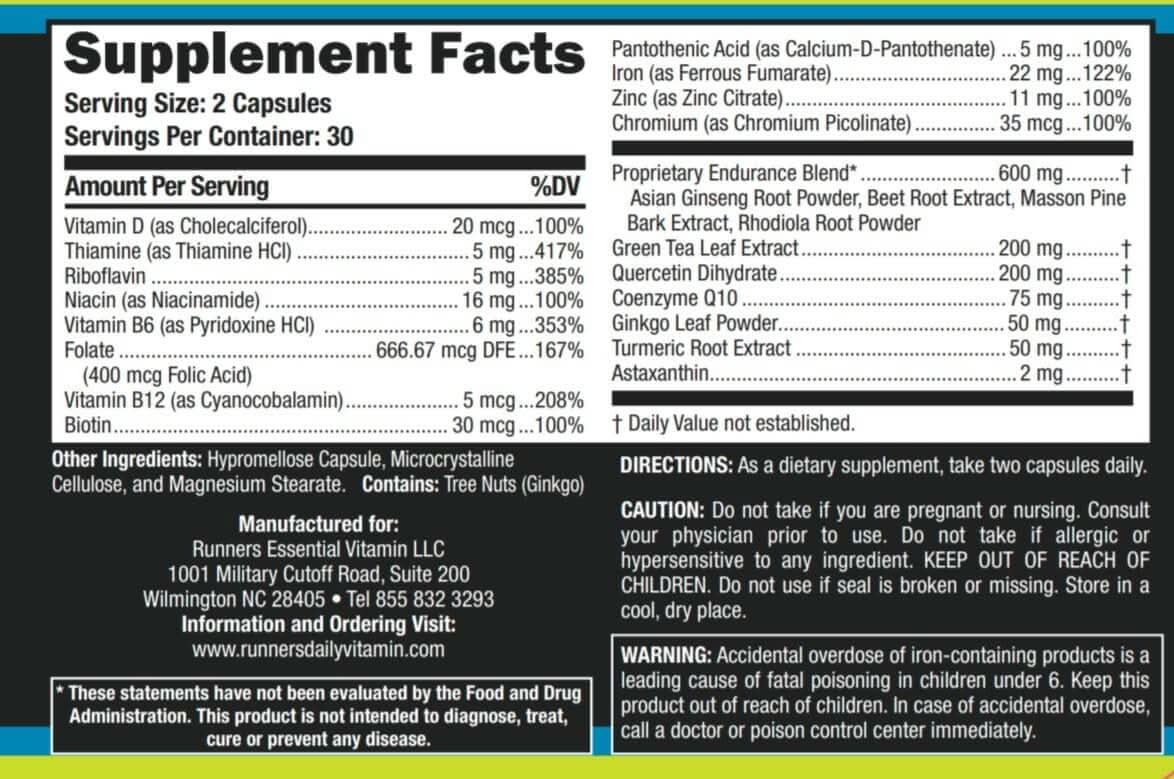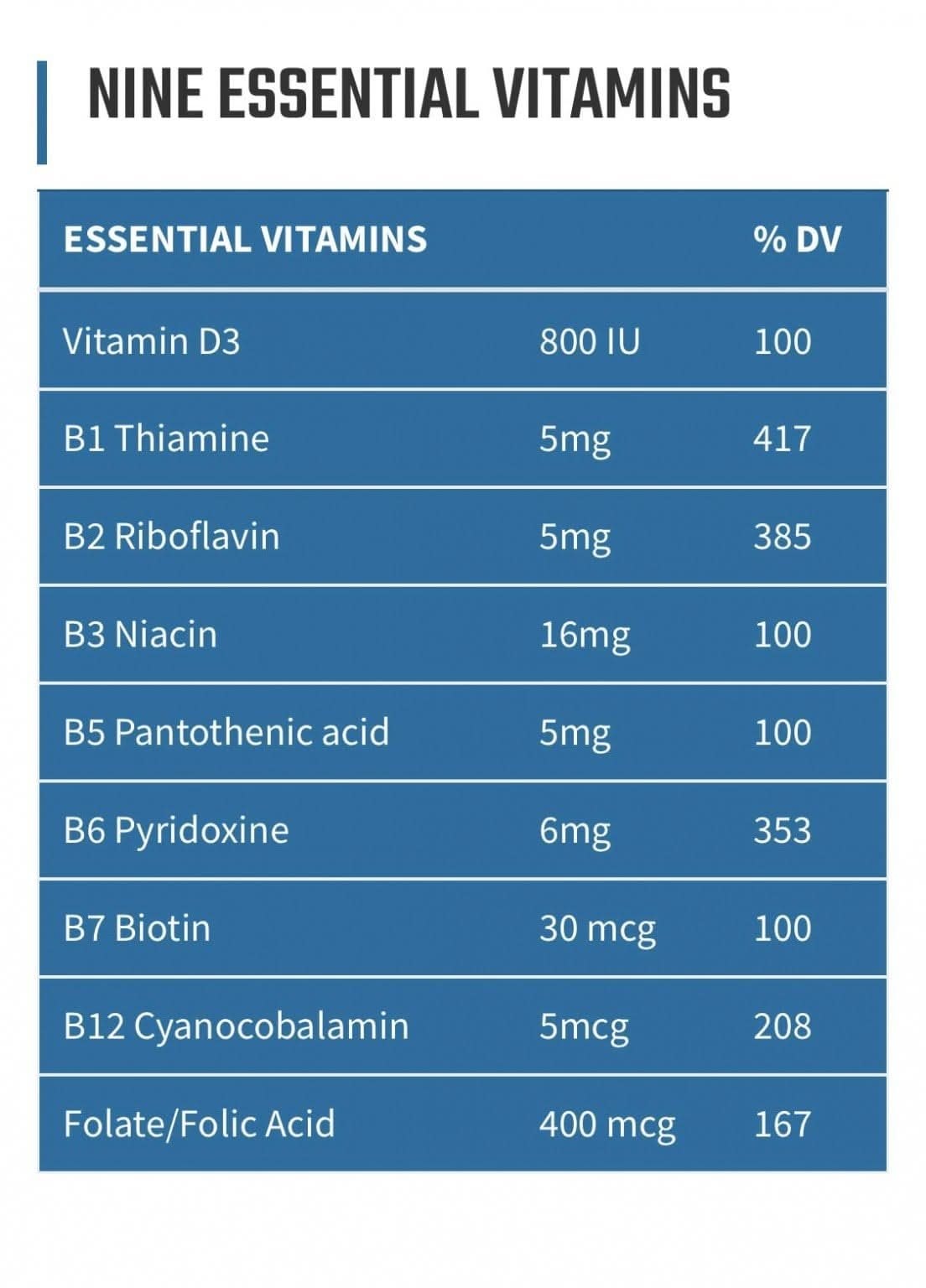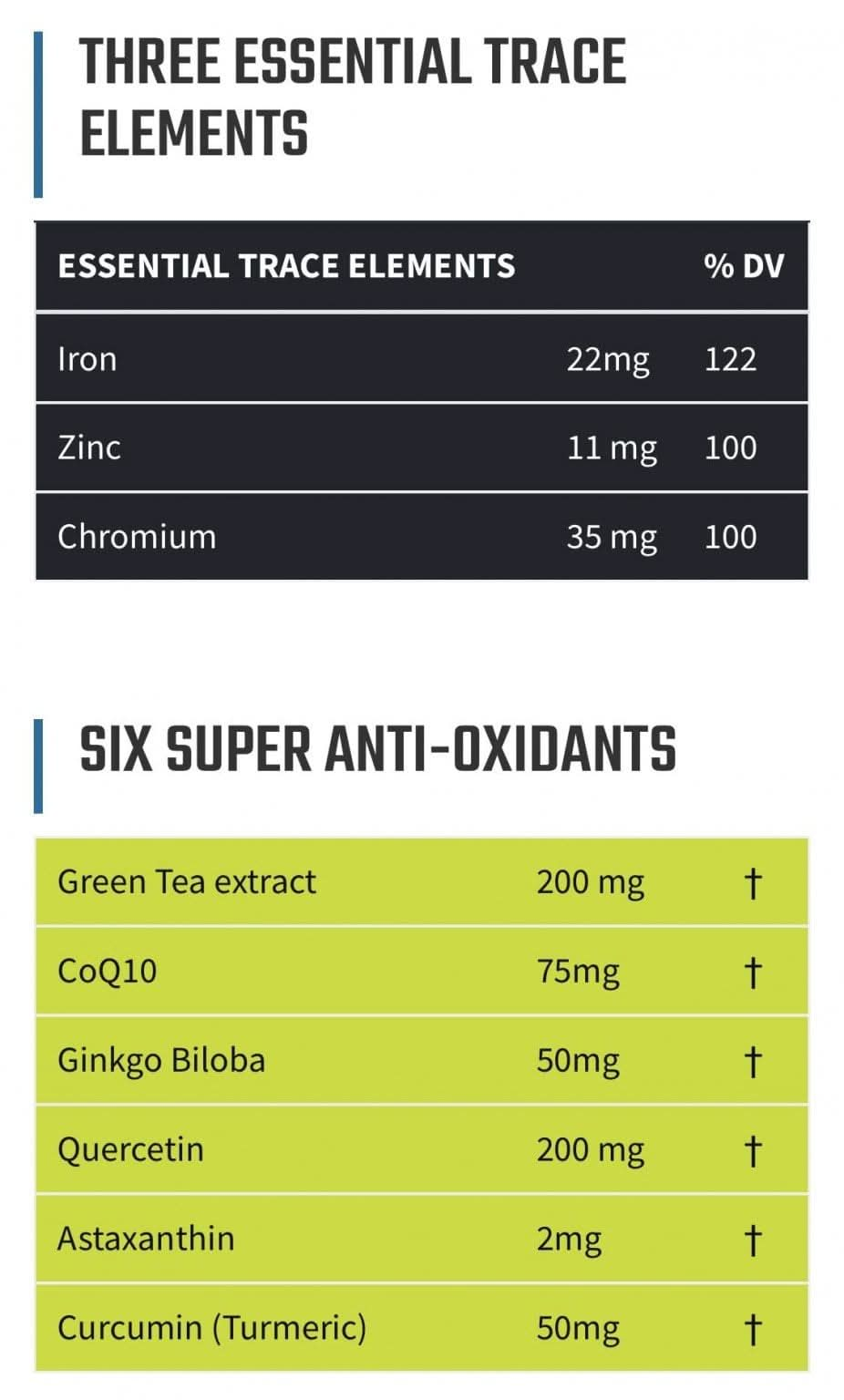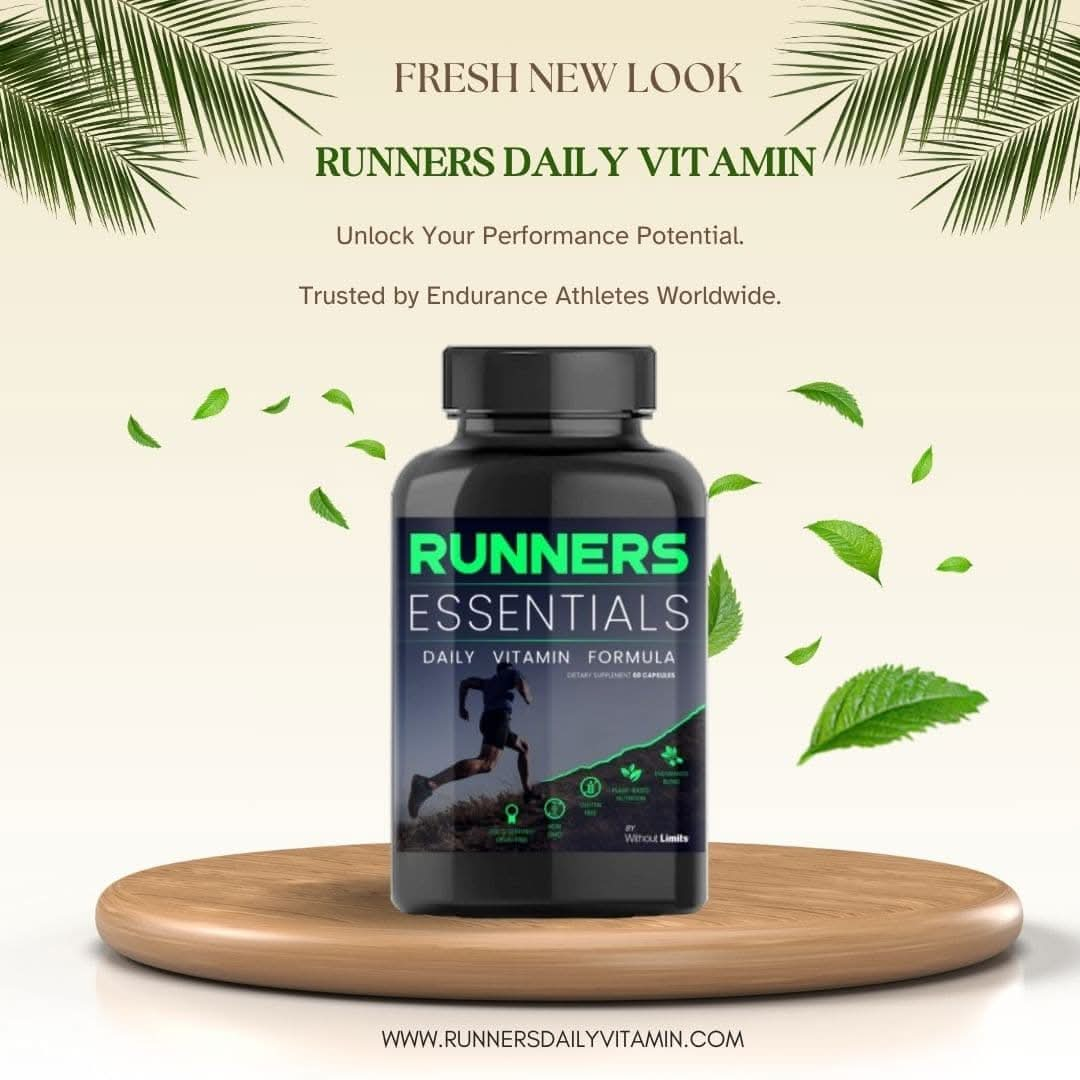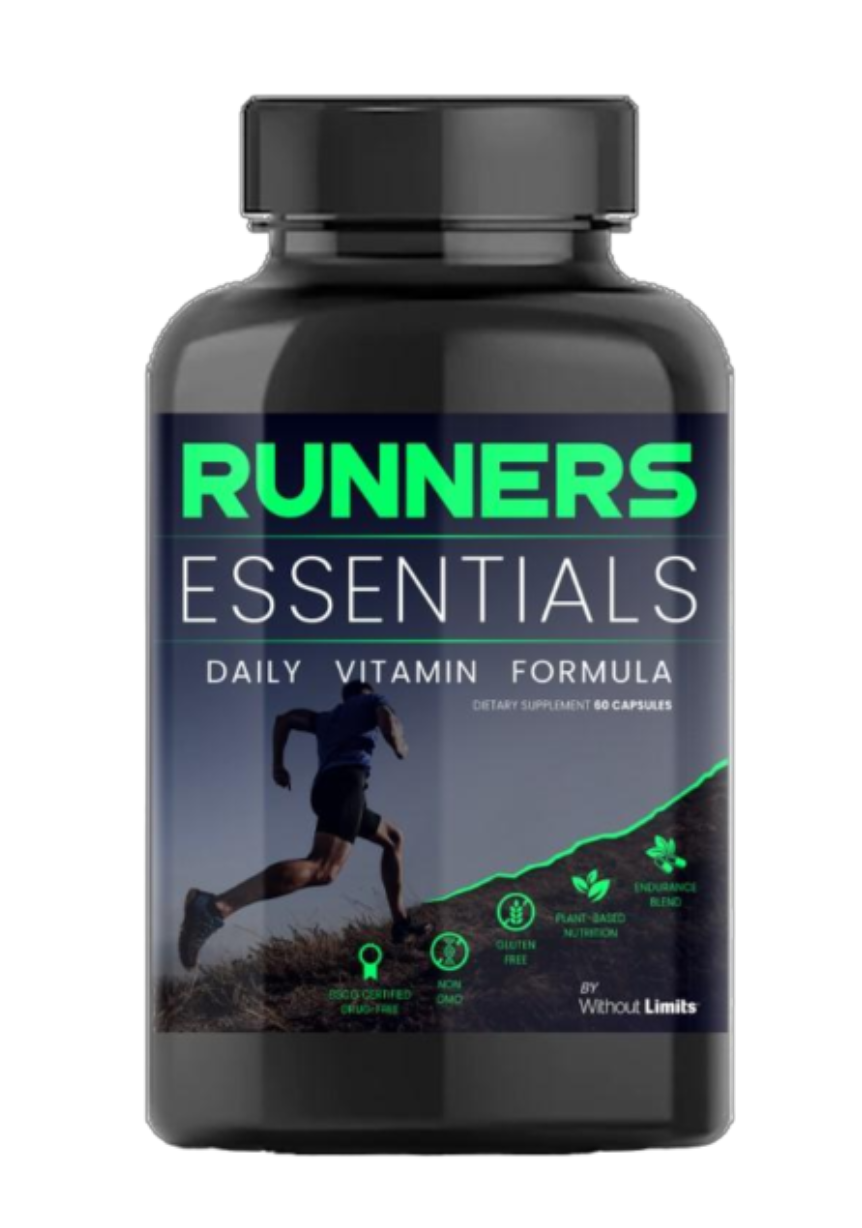Leigh Weingus |
Your mom hurt her knee while running, and you find yourself getting shin splints when you jog for more than five minutes. Your brother-in-law has a bad back, and he swears it’s because of that half marathon he ran two years ago.
Sound familiar? Aches, pains, and injuries leave many of us wondering whether running is actually a good idea. Sure, you know it’s a great way to clock valuable cardio minutes—and cardio is great for mental health, physical health, and longevity—but the idea of spending one afternoon a week in a physical therapist’s office is enough to send us straight to the trusty old elliptical.
We know running gets a bad rap, which is why we decided it was time to clear a few things up. Here’s what you should know about running and your health.
Running and mental health
From improved self-esteem to treating anxiety and depression, mental health experts agree that running is a great way to improve happiness. “Running relieves tension and anxiety, clears the mind, increases lubrication of the joints, and supports our reticular activating system, meaning it helps us sleep at night.” says Ilene Ruhoy, M.D., Ph.D., and medical director at the Center for Healing Neurology.
While Elizabeth Lombardo, Ph.D., and author of Better Than Perfect: 7 Strategies to Crush Your Inner Critic and Create a Life You Love typically agrees, she cautions against taking it too far. “The problem arises when running is the only mechanism you have to reduce stress and feel good,” she explains. “Running when you are ill, missing important events (work, social events) to run or running when you are injured are all red flags that you are over-relying on running.”
Does running cause inflammation?
Here’s another big question: Does running cause inflammation? The short answer is yes, but it’s not necessarily “bad” inflammation. Every time you go for a run, your muscles micro-tear—but that’s not as a bad as it sounds, we promise.
In this case, inflammatory cells are on a mission to fix and rebuild the areas of damage in your muscles. And when they come back together, they’ll be stronger than ever. This is why running makes us so strong.
Of course, if your running is causing you serious pain, back off and see a doctor. But don’t be too way of the running/inflammation connection.
About those running injuries
Many people think of running as a fast track to injuring your knees, but according to San Francisco-based physical therapist Dara Richman, the science says otherwise. “There is nothing showing that running as your primary form of exercise directly correlates to increased knee arthritis, or problems later in life,” she says. “In fact, runners by and large tend to be much healthier overall than their counterparts—running leads to improved cardiovascular function and a smaller likelihood of getting other hosts of diseases and issues related to obesity, diabetes, and heart attacks."
Then why do running injuries happen? Athena Bellmaine of Professional Physical Therapy points to overuse. “Common injuries that are typically seen in the clinic due to running include shin splints, Achilles tendinitis, patellofemoral pain syndrome (PFPS), hamstring strain, and plantar fasciitis,” she explains. “Many of these injuries are due to overuse and repetitive activity, which can be prevented with a proper stretching routine.”
She recommends stretching both before and after running and using a foam roller to stretch the really tough muscles like quadriceps, hamstrings, and the IT band.
So, is running good for you?
Yes. The combination of mental and physical benefits of running is hard to beat healthwise, but you should still approach running with caution. Dara’s suggestion? Treat running with the respect it deserves.
“You wouldn’t jump into an ice hockey game or water polo with no previous training, prep, or understanding of how to adapt to that new sport! Running is the same,” she says. “Running takes time and finesse—your tendons must also adapt to the quick loading of each foot striking the ground; this takes time for your body to accommodate and change the tensile strength of your muscles, ligaments, even tendons.”
Lace up your sneakers. It’s time to go for a run.

About the Author: Leigh Weingus is the former Senior Relationships Editor at mindbodygreen, where she analyzed new research on human behavior and looked at the intersection of wellness and women’s empowerment.

